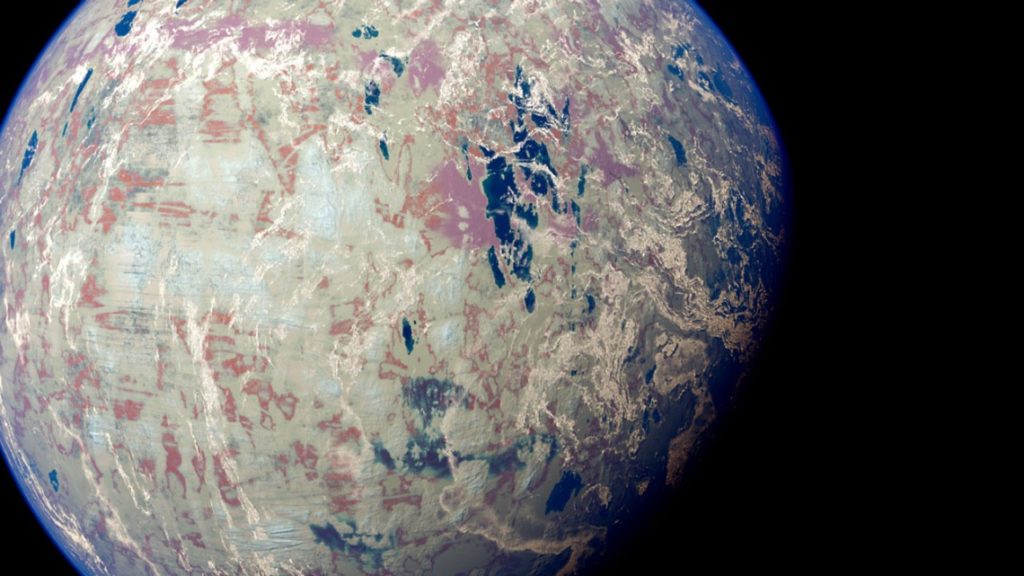
Aided by microbes found in the subarctic conditions of Canada’s Hudson Bay, an international team of scientists has created the first color catalog of icy planet surface signatures to uncover the existence of life in the cosmos.
As ground-based and space telescopes get larger and can probe the atmosphere of rocky exoplanets, astronomers need a color-coded guide to compare them and their moons to vibrant, tinted biological microbes on Earth, which may dominate frozen worlds that circle different stars.
But researchers need to know what microbes that live in frigid places on Earth look ...
Read More







Recent Comments